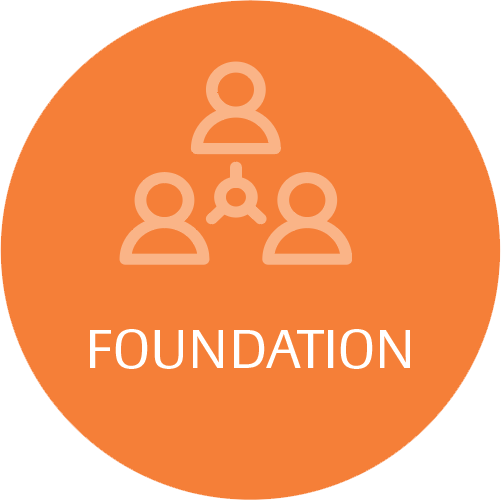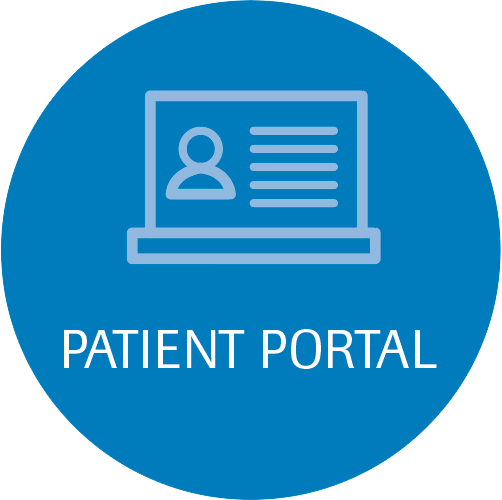What is an Abdomen Ultrasound and what does it do?
An abdominal ultrasound uses reflected sound waves to produce a picture of the organs and other structures in the upper abdomen. Sometimes a specialized ultrasound is ordered for a detailed evaluation of a specific organ, such as a kidney ultrasound.
An abdominal ultrasound can evaluate the:
- Abdominal aorta , which is the large blood vessel (artery) that passes down the back of the chest and abdomen. The aorta supplies blood to the lower part of the body and the legs.
- Liver, which is a large dome-shaped organ that lies under the rib cage on the right side of the abdomen. The liver produces bile (a substance that helps digest fat), stores sugars, and breaks down many of the body’s waste products.
- Gallbladder, which is a small sac-shaped organ beneath the liver that stores bile. When food is eaten, the gallbladder contracts, sending bile into the intestines to help in digesting food and absorbing fat-soluble vitamins.
- Spleen, which is the soft, round organ that helps fight infection and filters old red blood cells. The spleen is located to the left of the stomach, just behind the lower left ribs.
- Pancreas, which is the gland located in the upper abdomen that produces enzymes that help digest food. The digestive enzymes are then released into the intestines. The pancreas also releases insulin into the bloodstream. Insulin helps the body use sugars for energy.
- Kidneys, which are the pair of bean-shaped organs located behind the upper abdominal cavity. The kidneys remove wastes from the blood and produce urine.
Abdominal ultrasounds can be ordered a complete or limited. The abdomen limited includes images of the pancreas, liver, gallbladder, and right kidney. The abdomen complete includes imaging the aorta, IVC, pancreas, liver, gallbladder, right and left kidneys, and spleen.
Why is it done?
Abdominal ultrasound is done to:
- Find the cause of abdominal pain.
- Find, measure, or monitor an aneurysm in the aorta. An aneurysm may cause a large, pulsing lump in the abdomen.
- Check the size, shape, and position of the liver. An ultrasound may be done to evaluate jaundice and other problems of the liver, including liver masses, cirrhosis, fat deposits in the liver (called fatty liver), or abnormal liver function tests.
- Detect gallstones, inflammation of the gallbladder (cholecystitis), or blocked bile ducts.
- Learn the size of an enlarged spleen and look for damage or disease.
- Find problems with the pancreas, such as a pancreatic tumor.
- Look for blocked urine flow in a kidney. A kidney ultrasound may also be done to find out the size of the kidneys, detect kidney masses, detect fluid surrounding the kidneys, investigate causes for recurring urinary tract infections, or check the condition of transplanted kidneys.
- Find out whether a mass in any of the abdominal organs (such as the liver) is a solid tumor or a simple fluid-filled cyst.
- Guide the placement of a needle or other instrument during a biopsy.
- Look for fluid buildup in the abdominal cavity (ascites). An ultrasound also may be done to guide the needle during a procedure to remove fluid from the abdominal cavity (paracentesis).
Who performs the test?
An ultrasonographer specifically trained or certified in Ultrasound imaging.
Where does it take place?
Jackson Hospital Outpatient Center Hudnall Building, Room 110, located adjacent to the Hospital.
How long does it take?
This exam generally takes about 30 minutes to complete.
What can I do to make it a success?
- Bring your doctor’s orders with you when you come for your scheduled exam.
- Wear comfortable, easy to remove clothing.
- Follow all preparation instructions given to you by your physician’s office. If you have any questions, please call us for clarification. We want your exam to be as successful as possible.
What should I do before the exam?
You must be NPO (nothing to eat or drink) for at least 8 hours prior to an abdominal ultrasound. You may take your medications with only a few sips of water.
What happens during the exam?
First, the technologist will explain the exam and may ask you historical questions that aid in obtaining a more diagnostic exam. You will lie on your back (or on your side) on a padded exam table. Warmed gel will be spread on your abdomen to improve the quality of the sound waves. A small handheld unit called a transducer is pressed against your abdomen and moved back and forth over it. A picture of the organs and blood vessels can be seen on a video monitor.
You may be asked to change positions so more scans can be done. For a kidney ultrasound, you may be asked to lie on your stomach.
You need to lie very still while the ultrasound scan is being done. You may be asked to take a breath and hold it for several seconds during the scanning. This lets the sonographer see organs and structures, such as the bile ducts, more clearly because they are not moving. Holding your breath also temporarily pushes the liver and spleen lower into the belly so they are not hidden by the lower ribs, which makes it harder for the sonographer to see them clearly.
What should I do after the exam?
The radiologist will review your image(s) and a final report will go to your ordering physician in 24–48 hours.
Contact Information:
Ultrasound Department (at main hospital): (850) 718-2582
Ultrasound Department (at OP Center): (850) 526-6702
Radiology Department: (850) 718-2580
Hospital (main operator): (850) 526-2200





